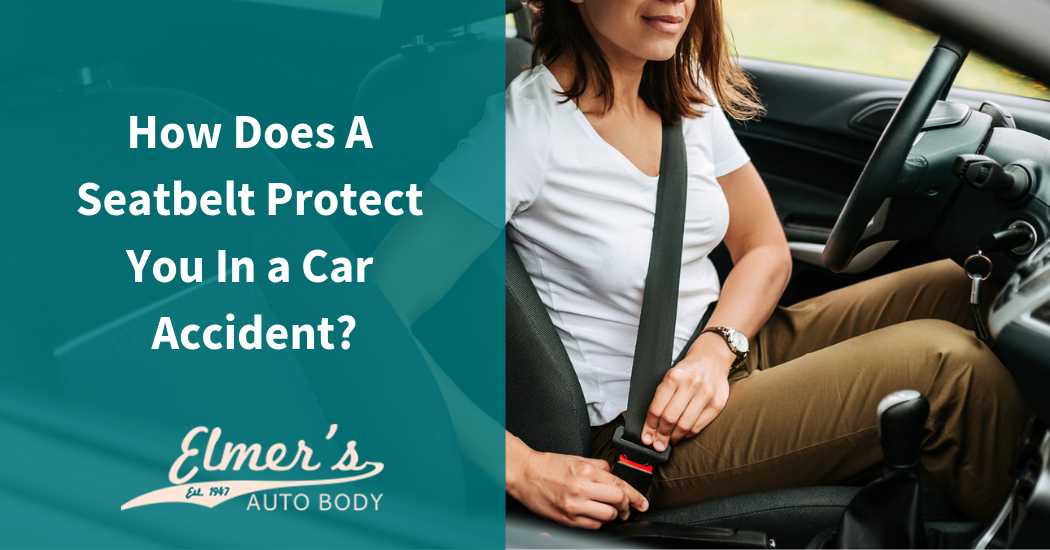Alright, let’s first be honest with ourselves. Most people actively dislike having to wear seatbelts. There’s something admittedly claustrophobic about them, and seatbelt laws (at least those not pertaining to minors) are a very divisive thing.
Well, we’re not really here to debate the rights or wrongs of adult seatbelt legislation – but we’re here to tell you, with complete conviction, that seatbelts do indeed save lives. In the event of a car accident, or even a very sudden stop, they can be the difference between mild whiplash or broken bones, internal injuries, or even a very unpleasant death.
How They Work
In order to understand how a seatbelt protects you – and from what – we need to first understand a little bit about inertia. When you’re in your car, and you’re traveling at a consistent speed, down a more or less straight and well-paved road, it almost feels like your body is stationary. You really only notice your velocity when you’re speeding up, slowing down, or making severe course corrections.
Basically, if your car is moving at sixty miles per hour, so are you. Unfortunately, when the vehicle stops or slows down at a rapid rate, you don’t immediately do the same – this is why you feel a sense of being thrown forward during a collision or a sudden stop.
The most basic function of a seatbelt is to safely bring you to a stop at roughly the same time as the vehicle, rather than your body being violently tossed forward into the dashboard, steering column, or seat in front of you. In the event that the vehicle rolls, it also keeps you from being rattled around like dice in a cup – something guaranteed to badly injure you if not kill you before the rolling even stops.
Modern seatbelts are a mixture of two ancestral technologies – the lap belt and the sash belt. Alone, neither of these was entirely effective across the board. The lap belt allowed you to bend at the waist, which allowed for head or back injuries. Sashes prevented this but could allow you to slide out of your seat if the vehicle rolled or was impacted from a bad angle.
The modern three-point system utilizes both.
A Note on Properly Wearing a Seatbelt
Some people have a habit (an understandable one) of not wearing a seatbelt properly due to the discomfort of the sash component. People are known to tuck it behind them, or tuck it under an arm, to keep it off of their chest and neck. This should never be done – the sash should cross the collarbone and torso in a diagonal at all times. Accessories can be employed to reduce the discomfort they cause.
To learn more about how seatbelts can save your life in an accident, and to learn some statistics about injuries in accidents without them, fill out our contact form or call us today!

